Wang Ning, the creative mind behind the popular Labubu doll, has made headlines by becoming one of China’s youngest billionaires. As the founder and CEO of Pop Mart, Wang turned a niche toy into a cultural phenomenon. His company, known for blind-box collectible figures, now sits at the center of China’s booming designer toy market. Wang’s rise has been anything but ordinary. Starting with a modest retail presence, he built Pop Mart into a brand with a loyal fanbase, international partnerships, and a billion-dollar valuation.
What Are Labubu Dolls and Why Do People Love Them
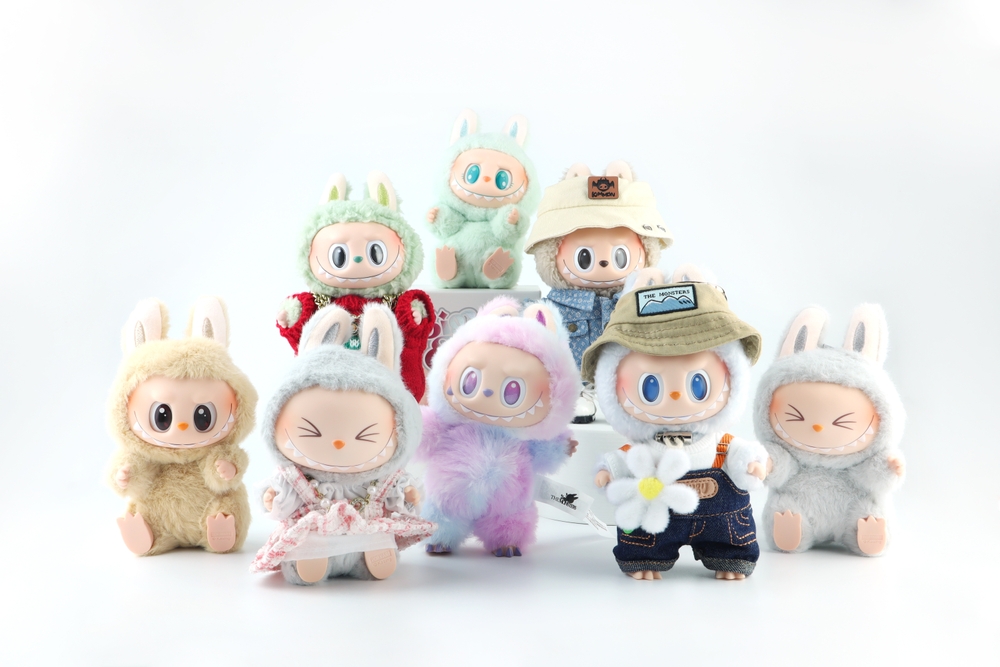
Labubu is a mischievous and wide-eyed character created by the artist known as Kasing Lung. These small figures are sold in blind boxes, meaning customers do not know which character they will get. That element of surprise, paired with the charm of the designs, has made the toys wildly addictive to collectors. The dolls are part of a larger trend in Asia known as “art toys” or “designer toys.” These collectibles blur the line between toys and art, attracting fans from both camps. Labubu figures often sell out within minutes and sometimes resell for hundreds of dollars.
Pop Mart’s Explosive Growth in a Changing Market
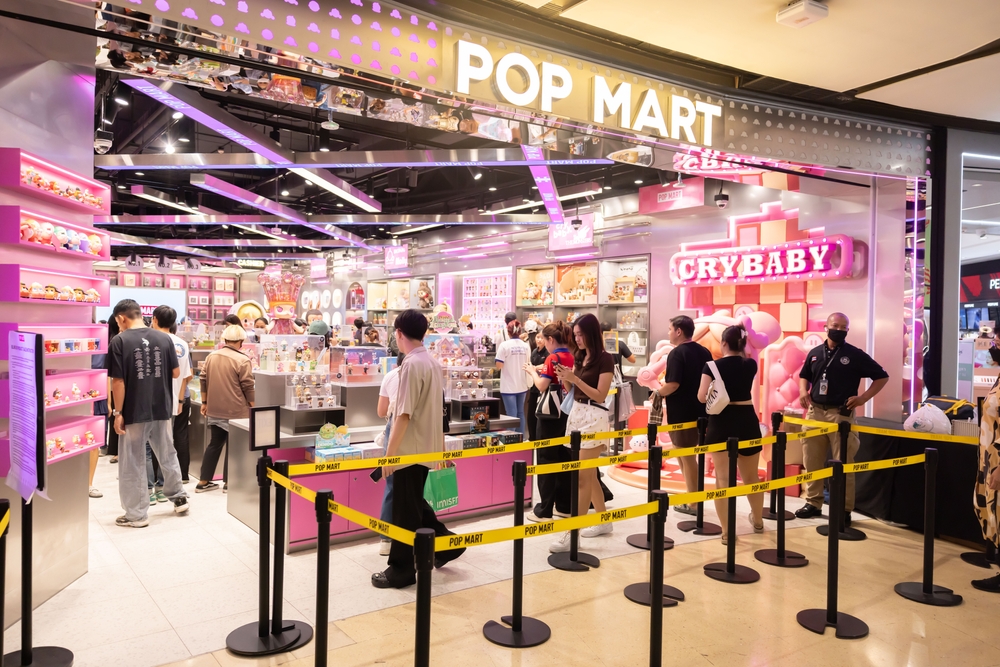
Wang Ning launched Pop Mart in 2010, and the company steadily grew by capitalizing on a gap in the toy market. Pop Mart’s decision to focus on limited-edition collectibles, often in collaboration with niche artists, turned out to be a masterstroke. The company went public on the Hong Kong Stock Exchange in 2020 and saw its value surge. It reported over $500 million in revenue in 2022 alone, according to public filings. This success came despite broader economic slowdowns in China and a shrinking toy market for children. Pop Mart managed to sidestep these challenges by targeting adults and teens with disposable income.
The Role of Blind Boxes in Building a Billion-Dollar Brand
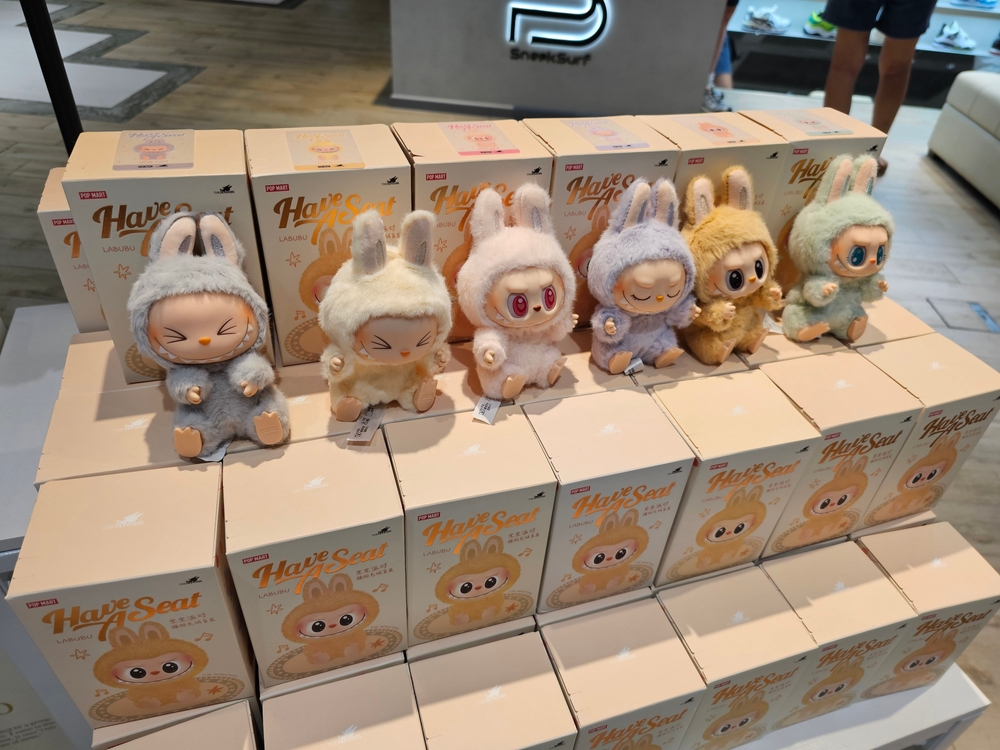
Blind-box culture is central to Pop Mart’s success. Each box contains one toy from a series, but buyers cannot choose which one they get. That randomness drives repeat purchases and fuels a thriving secondary market. Some rare toys fetch prices many times their original cost. Pop Mart also uses vending machines called Robo Shops in malls across Asia. These machines allow buyers to try their luck at grabbing a rare figure on the go. The sense of unpredictability and community has made Pop Mart stand out. Fans often trade and share their collections online, building strong brand loyalty.
How Wang Ning Capitalized on China’s Pop Culture Boom
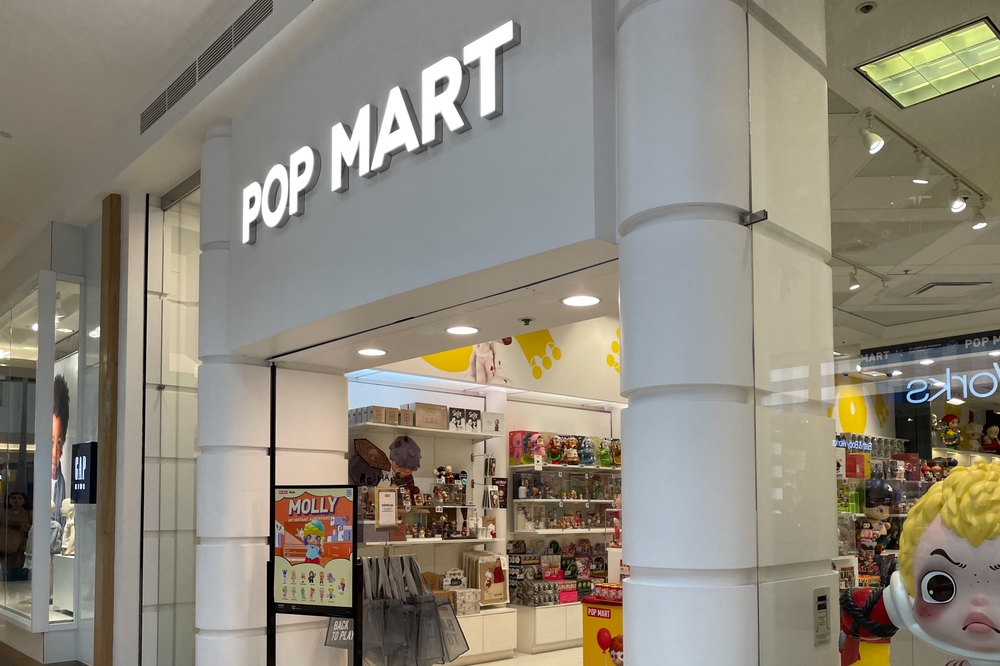
Wang Ning’s success is closely tied to China’s growing interest in local pop culture. For years, Chinese consumers preferred foreign brands, but tastes have shifted. Younger generations now celebrate local artists and content. Pop Mart sits at the intersection of this cultural change. The company partners with artists from China, Japan, and Europe, making it a hub for global creativity. Wang has also been strategic about digital marketing. Pop Mart maintains an active presence on social media platforms like Weibo and Xiaohongshu, engaging with fans and announcing new releases with cinematic flair.
Read More: 11 Unexpected Items You Can Buy From Vending Machines
Going Global with Limited Edition Art Toys
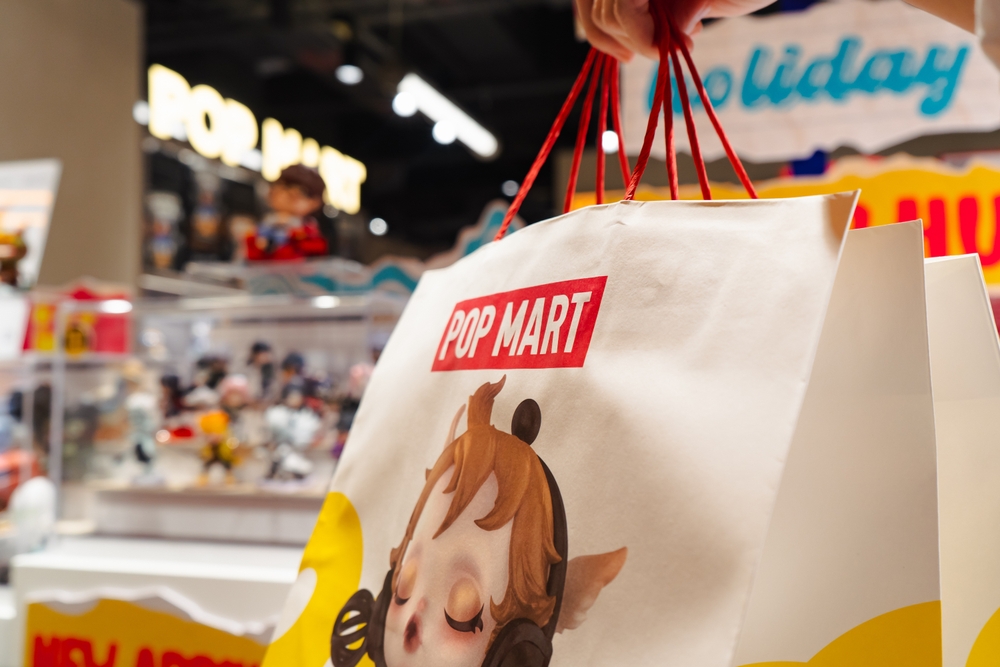
Pop Mart has not limited its success to China. The company has expanded aggressively into overseas markets, including the United States, Europe, and Southeast Asia. Pop-up stores and flagship locations have appeared in cities like London, New York, and Singapore. Collaborations with Western brands and artists have helped boost its appeal outside Asia. Labubu and other characters now have fans across the world. Wang Ning sees this as only the beginning. Pop Mart plans to expand its international reach further by adapting its toy lines to local tastes while keeping the brand’s core appeal.
From Humble Beginnings to the Billionaire List

Wang Ning’s journey started far from the bright lights of billion-dollar success. Born in 1987 in Henan Province, he studied at Zhengzhou University and began working in media and marketing after graduation. He had no formal background in toys or design but was drawn to consumer behavior. His early ventures failed, but his persistence paid off with Pop Mart. According to the latest rankings by Forbes China, Wang is now one of the country’s top 10 richest individuals. He is the youngest person on that list. His net worth is estimated at over 40 billion yuan, or about 5.5 billion dollars.
The Psychological Pull of Collectibles in Modern China
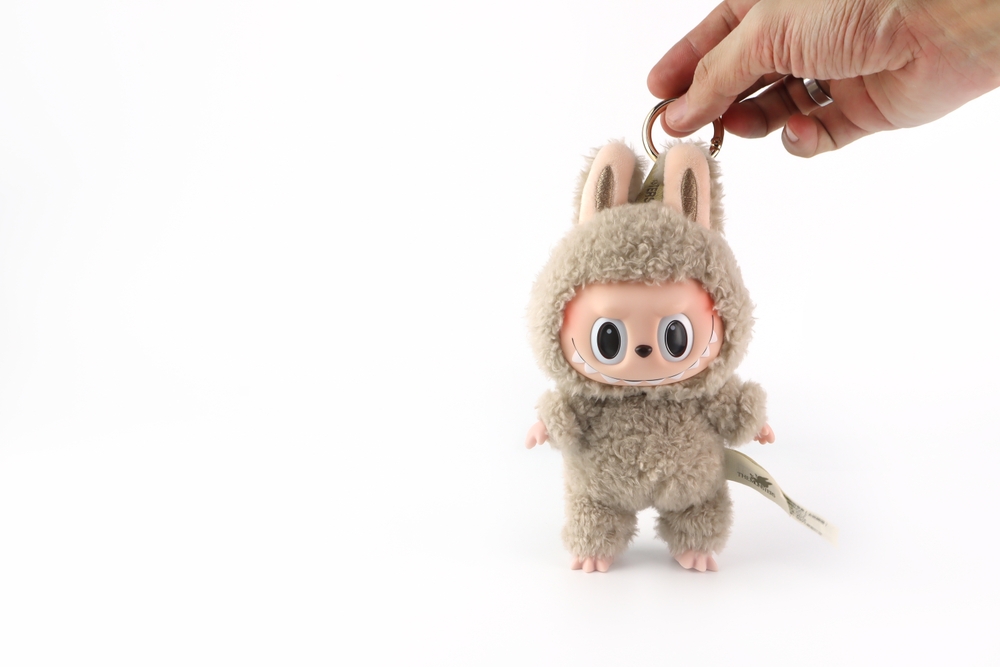
Collectibles like Labubu are not just toys. Psychologists believe they satisfy deep emotional needs, including nostalgia, status signaling, and identity formation. In modern China, where many young adults feel economic pressure and social stress, small joys like collecting toys offer comfort. The process of unboxing, sharing, and displaying these figures also taps into community and creativity. Wang Ning understood these psychological drivers early on. Pop Mart’s branding and packaging reflect this, turning a simple product into a lifestyle choice.
Why Pop Mart Stands Out from Traditional Toy Brands
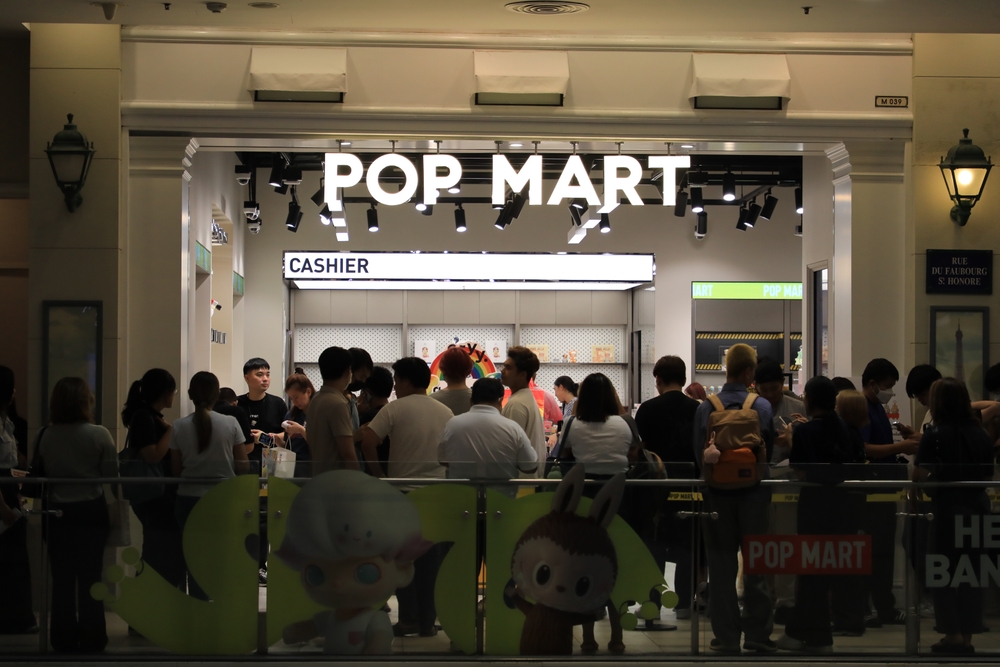
Unlike Hasbro or Mattel, which rely on mass production and broad appeal, Pop Mart focuses on exclusivity. Many of its releases are time-limited, artist-led, and produced in small batches. This scarcity fuels demand and raises resale value. Pop Mart also avoids licensing familiar characters, instead building original intellectual property. Wang Ning has repeatedly said he wants Pop Mart to be the “Pixar of toys.” The company invests heavily in artist development and storytelling, turning each toy into a character with a backstory.
Challenges Ahead for Wang Ning and Pop Mart
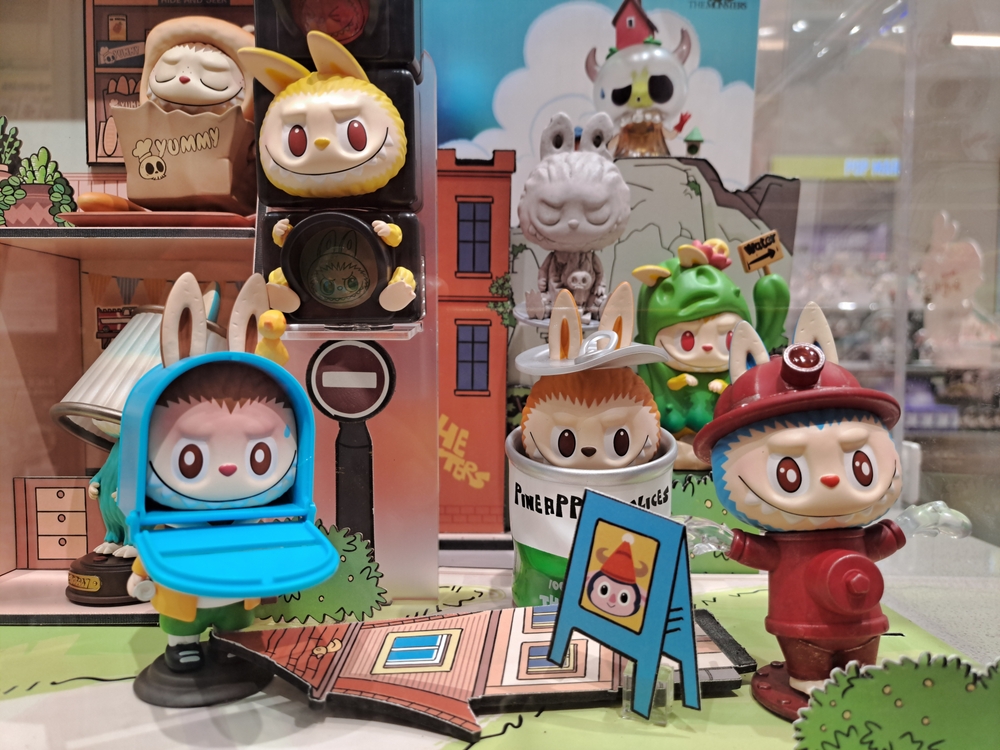
Despite the excitement, Pop Mart faces challenges. China’s tightening rules on blind-box marketing could impact sales. Regulators have started to question the ethics of selling mystery items, especially to children. Pop Mart insists it follows all laws and is adapting to new guidelines. Inflation and consumer spending slowdowns also pose a threat. Moreover, competition is growing. Brands across Asia and the West are trying to copy Pop Mart’s formula. Wang Ning must stay innovative to maintain his lead. Still, he has proven remarkably capable of anticipating trends and shaping them.
Wang Ning’s Vision for the Future

Wang has made it clear that Pop Mart is not just a toy company. He envisions a broader entertainment empire. Plans are underway to develop animations, digital content, and even theme parks based on its characters. Labubu may soon appear on streaming platforms or gaming consoles. Wang also wants to push further into augmented reality and NFTs, blending physical collectibles with digital experiences. This ambitious roadmap aims to turn Pop Mart into a cultural icon, much like Disney or Sanrio.
What Wang Ning’s Success Means for China’s Youth

Wang Ning’s story is inspiring a generation of young entrepreneurs. His journey shows that it is possible to succeed in China by thinking creatively and staying committed to a vision. Many see him as proof that youth, originality, and risk-taking can still thrive in a highly competitive business environment. His achievements also highlight the power of niche markets. While others chased big trends, Wang focused on small toys with big potential. Now, he is one of the youngest billionaires in China, and his creations continue to captivate people around the world.
Read More: Fascinating Japanese Customs and Quirks You’ve Never Seen Before
A Toy Maker Who Changed the Game
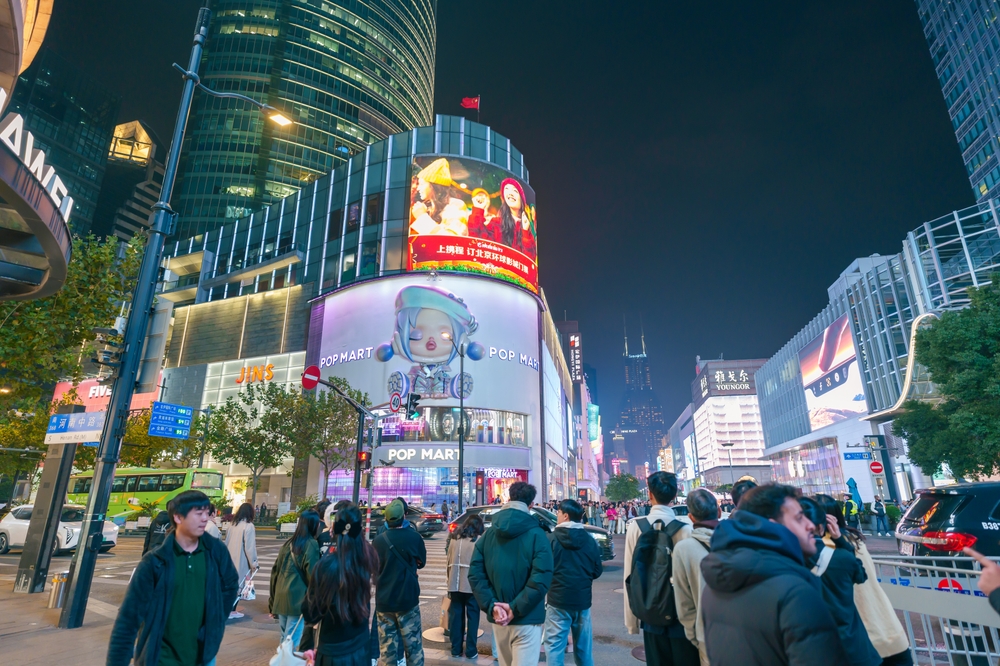
Wang Ning’s rise to the top of China’s billionaire list is not just a personal win. It signals a shift in how business is done in the modern era. With Labubu and Pop Mart, Wang has redefined what a toy can be. He has blended art, commerce, and psychology into a brand that speaks to a generation. As he expands into new markets and new media, his influence is likely to grow even more. For now, Wang Ning is proof that big ideas can come in small boxes.
Disclaimers: This article was created with AI assistance and edited by a human for accuracy and clarity.
